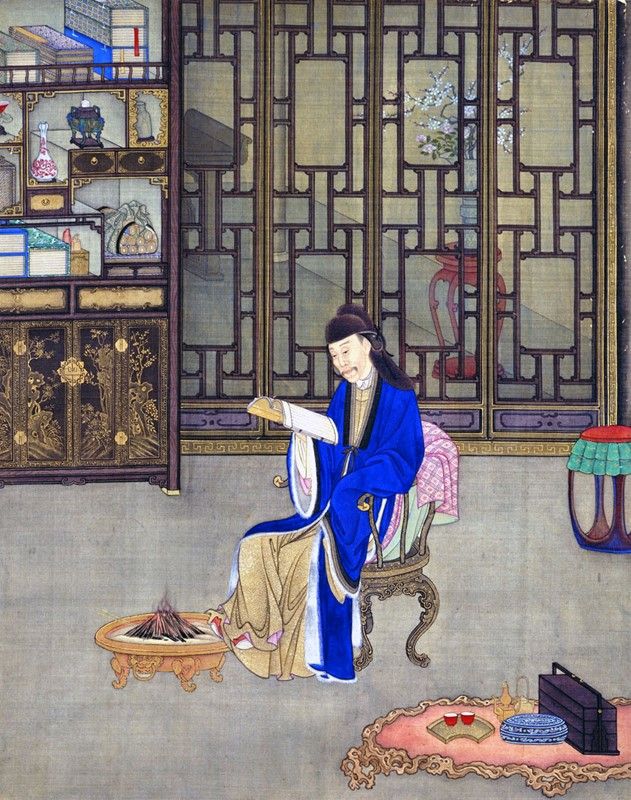Contemporary Economic & Cultural Capital in Chinese Tea Ceremony

Listen to the Editorial Conversation for this chapter:
This portrait of the Yongzheng Emperor[1], painted during his lifetime, shows the man as he wished to be seen – as a literati-scholar in the dynastic Chinese tradition. Emperor Yongzheng sits with his feet by a stove on a cold winter day, book diligently in hand, surrounded by the accoutrements of the literati: behind him, a shelf holding rare books, hand scrolls, and ancient ceramics. Before him sits a teapot and two red tea cups[2] (known to have been in his collection and pictured below), next to a food box containing sustenance for long hours of study. To Yongzheng, a man at the pinnacle of society, with access to the wealth and wares of the empire at his command: this is what the accumulation of economic and cultural capital looked like[3].
This page is for paying subscribers only
Subscribe NowAlready have an account? Log in